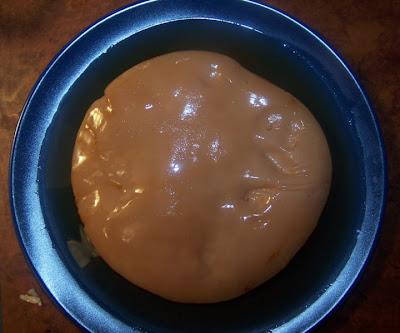Regenerative Medicine--A New Approach to Embryonic Stem Cell Replacement Tissue
 Imagine if you will, being able to grow embryonic stem cells to regenerate your failing cells, tissues, and organs--just from your own sperm or eggs. No need to create a fertilised zygote or mated embryo, so there should be no ethical objections from anti-abortion politicians and their constituents.
Imagine if you will, being able to grow embryonic stem cells to regenerate your failing cells, tissues, and organs--just from your own sperm or eggs. No need to create a fertilised zygote or mated embryo, so there should be no ethical objections from anti-abortion politicians and their constituents.In the February 15th issue of G&D, Dr. K. John McLaughlin and colleagues report on their success in using uniparental embryonic stem cells to replace blood stem cells in mice. Uniparental embryonic stem cells are an appealing alternative source of patient-derived embryonic stem cells, as they have several advantages over embryonic stem cell lines generated by somatic cell nuclear transfer (also known as therapeutic cloning).Source.
....This study shows for the first time that parthenogenetic blood cells can replace those of an immunocompromised adult mouse. McLaughlin and colleagues also show that this is also possible using embryonic stem cells where both genomes are solely derived from sperm of one male (androgenetic), adding fertile males to the potential patient pool.
....The researchers took a two-step approach: First they injected uniparental ES cells into wild-type blastocyts to generate chimeric animals; then they harvested these chimeric fetal livers for transplant into lethally irradiated hosts. The scientists found that uniparental ES cells, regardless of parent-of-origin, were able to functionally reconstitute the entire hematopoietic system of adult mice. Furthermore, the scientists were also able to grow progenitor blood cells in culture from uniparental ES cells, and upon transplant into irradiated adult mice, show that these cells contribute, long-term, to the function of their hematopoietic system.
In other words, using either only eggs for a female or only sperm from a male, researchers were able to grow embryonic stem cells as replacement blood cell progenitors. These replacement cells functioned and kept the mice alive.
There are still issues of "imprinting" to be worked out when attempting to regenerate different body tissues from asexually produced ESC's. But at least the cells from this approach would be immunologically compatible with the donor. Immunological compatibility is something that sexually produced ESC's cannot guarantee, for purposes of organ regeneration.
Either way, it will be several years before humans can take advantage of this new opening in regenerative medicine.Some feminists had hoped that only females would be able to produce viable ESCs by the asexual method. They had hoped to use that leverage to force males in the US Congress to vote for unlimited funding for nuclear transfer and cloning technologies to produce new stem cell lines.
My question is--why not do both? I am constantly disgusted by the leftists who try to minimize the importance of non-embryonal approaches to creating stem cells, just as I am disgusted by the religious rightists who try to make every technology that deals with haploid cells into an abortion issue.
Unfortunately both groups of closed minded individuals have their own areas of power--where they work to limit our choices. Too bad.
Labels: regenerative medicine

